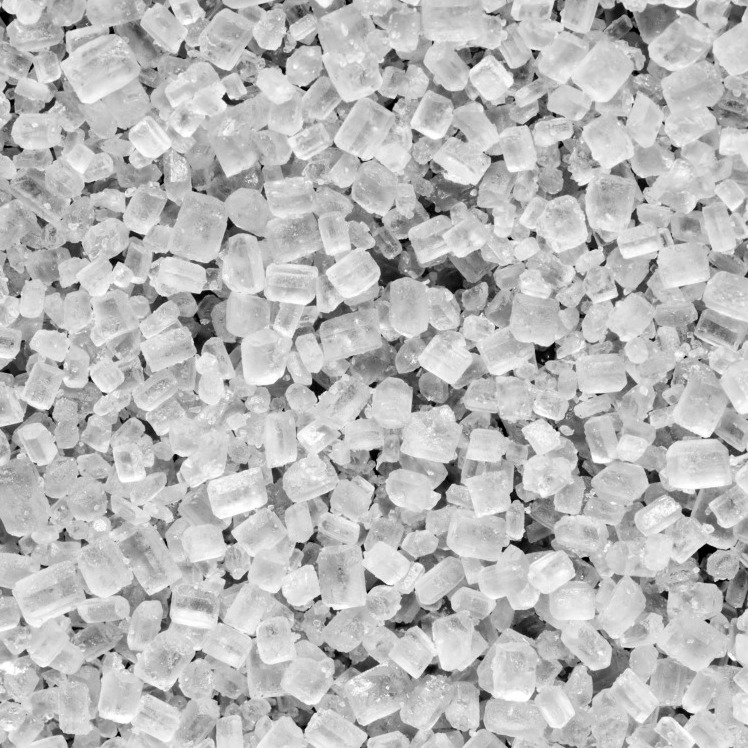There are no items in your cart
Add More
Add More
| Item Details | Price | ||
|---|---|---|---|
UNDERSTANDING ITS TYPES AND USES.
{{13 AUG 2024 }}
Sugar is a ubiquitous ingredient in our diets, loved for its sweet taste and versatility. But sugar is more than just the white crystals you might stir into your coffee. It comes in various forms, each with unique characteristics, flavors, and uses. In this blog, we'll explore the different types of sugar, their origins, and how they can be used in cooking and baking.
At its core, sugar is a simple carbohydrate that the body converts into glucose, providing energy. The most common source of sugar is sugarcane or sugar beets, but it can also be derived from other plants and fruits. Sugar has been used for thousands of years, not only as a sweetener but also as a preservative, fermentation aid, and texture enhancer in a wide range of foods.
It's made from sugar cane/beet and has 100% sweetening power and also come in different textural and compositional varieties
Brown sugar is sugar that retains some molasses, giving it a moist texture and a richer flavor. It comes in different varieties depending on the molasses content.
these are categorized based on their syrup form and there are natural types as well as handmade

these are crystals of white sugar, not preferred for baking as the big granules don't dissolve entirely and remain in the final product. hence, is generally avoided.

its a very fine crystalline form of sugar, dissolves easily while baking and perfect for creating meringue and aeration in batter due to its small granular structure.

its a mixture of powered sugar and cornstarch. the starch helps contain moisture and hence is more used in frostings to keep them stable. you can make icing sugar from scratch by combining 1 cup powdered sugar with 1tbsp cornstarch.

POWDERED sugar is basically granulated sugar grinded into powder. its a good substitute for castor sugar unless meringue based recipes are involved.

These are refined sugars with molasses added to it. High degree of molasses added makes dark brown sugar and vice versa makes light brown sugar. these are more easily available than the rest.

This is unrefined sugar that naturally contains high content of molasses, and has a finer crystalline structure. This one is my personal preference for brown sugar!

Partially refined sugar that retains some of the original molasses (2%) and hence has a subtle caramel flavour. its made from sugar cane, if same thing is made from sugar beet its called 'Vergenoise'.

Its unrefined crystalline sugar with more molasses than turbinado. Due to its large coarse grains its not preferred for baking.
(sugars that are present in liquid forms)

A naturally found liquid sugar made by honey bees. Darker the colour, stronger the flavor.
It's highly hygroscopic hence helps retain moisture in your baked product.

Also referred to as dextrose/confectioner's glucose. It's a syrup made from hydrolysis of starch. Used often in sorbets, mirror glazes etc.

another handmade invert sugar similar to glucose syrup. Made from the hydrolysis of corn starch. Has more water content than glucose syrup. Used to make various jellies and candies.

An invert sugar made by boiling and reducing the sap of sugar maple tree resulting in a sweet, thick, aromatic syrup. colour ranges from light golden to dark amber.
(unrefined natural and artificial sweeteners that work as good substitutes)

these are unrefined natural sugars obtained from saps of trees and are much healthier alternatives of refined sugars in the market due to its low glycemic index. Commonly used palm sugars are coconut sugar, date palm sugar, and jaggery.

its a coarse, polished, crystal sugar that reflects even more light. these are great as decoration on cookies and breads and is known for its resistance to heat as it retains its structure and shine after baking.

these can be artificial ( saccharin, neotame, sucralose, aspartame) or naturally sourced (stevia, tagatose, agave nectar). These are to be used to very small quantities to sweeten as they are highly concentrated and much sweeter than regular sugars.

its a sugar substitute made from sugar alcohol instead of real sugar. its used specifically in candy making and sugar decorations . it can be reheated many times and doesn't caramelize due to its high resistance to heat.

Understanding different types of sugar and their roles in cooking can help you curate your own recipes and create different textures. By knowing the benefits, characteristics, and drawbacks of each type you can strike balance between your culinary goals , personal preference and the vision of your final product!

Simran Chhetri
Pastry Chef, Content Creator and Food Enthusiast.